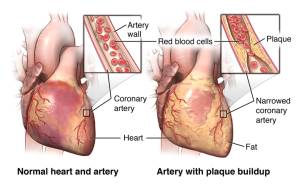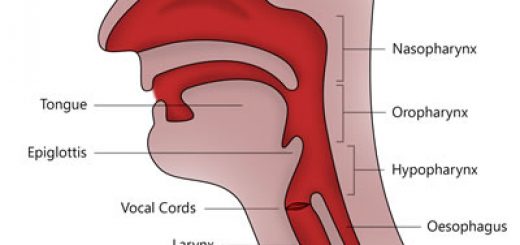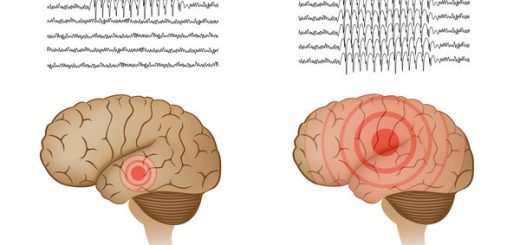How to recognise angina pain

It is caused by narrowing of the coronary artery network, such that when the heart muscle is working harder with exercise and requiring more oxygen, the coronary arteries are unable to allow enough blood flow to meet the oxygen demand.
This causes ‘cramp like’ pain as the heart muscle is deprived of oxygen
The onset of angina does not mean that a heart attack will follow. A heart attack very often happens without prior angina and angina may occur over several years without a person suffering a heart attack.
Recognition of angina pain
- Central chest pain brought on by exercise or emotion – because the narrowed coronary arteries cannot meet the increased oxygen demand by the heart muscle
- Pain is relieved by rest or medication – as the heart stops working harder
- Pain is cramp-like in nature – because of oxygen deprivation
- Pain may radiate into other parts of the upper body, e.g. the left arm and the jaw – because the same nerve pathways are involved in conveying sensation from these areas as from the heart
- Breathlessness and anxiety – as a result of the pain
- Weakness which is often sudden and extreme – because there is strain on the heart
Want to learn more about angina and heart attacks? Why not sign up to one of our free online first aid training classes!





